Chief Executive Officer, Singapore Paincare Holdings Limited Consultant Pain Specialist, Singapore Paincare Center Dr Bernard Lee Raises the Bar in Managing Pain
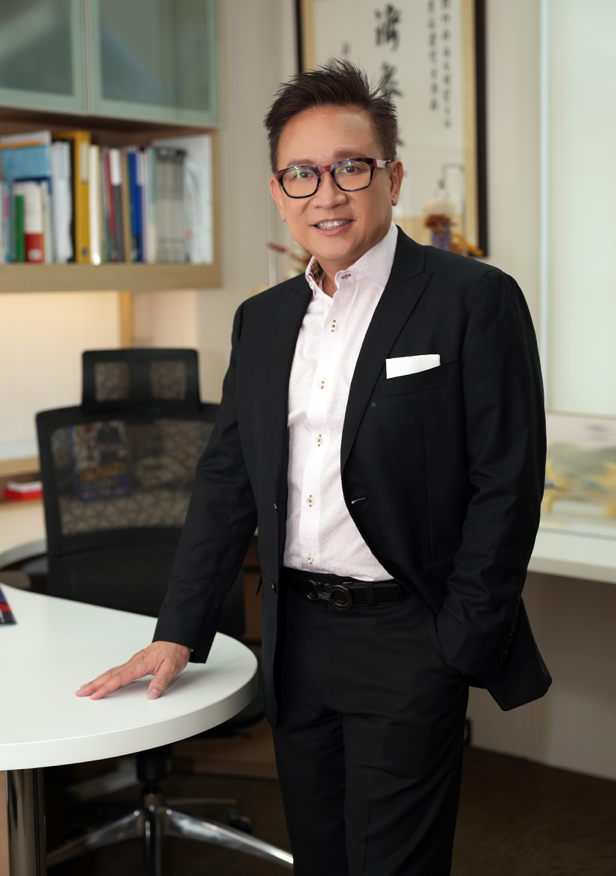
For decades, pain management has been trapped in a narrow and commonly known framework: medication, physiotherapy and surgery. Patients with chronic pain often start with GPs or orthopaedic surgeons, entering a cycle of treatments that may not always bring lasting relief. Over time, many come to accept pain as a permanent part of life. This mindset is especially common as we age.
Traditional pain management approaches, while valuable, often fall short for several reasons. They tend to focus on symptom relief rather than identifying and addressing the root causes of pain. Heavy reliance on painkillers, especially opioids and anti-inflammatories, may provide temporary respite but bring with it the risk of dependency, side effects and diminishing returns. On the other end of the spectrum, surgical interventions, though sometimes necessary, involve significant risk, cost, and recovery time — options that many patients, particularly those with additional health conditions or age-related considerations, may be hesitant to pursue.
The truth is, pain is a complex, multi-factorial experience that affects more than just the body. It impairs mobility, erodes mental health, disrupts sleep and diminishes the overall quality of life. Enter Dr Bernard Lee, the visionary founder and Group CEO of Singapore Paincare Medical Group, known in medical circles and among his patients as “Dr Pain”. Dr Lee is leading and changing the way we understand, approach and treat pain.
At the heart of his mission is the concept of transformative paincare: a holistic, patient-centric model that combines the science of medical interventions with a deep understanding of pain pathways, and the art of compassion for individual patient care. His approach moves beyond merely palliating pain. Instead, it focuses on diagnosing the precise pain generators and applying minimally invasive, non-surgical treatments that offer long-term relief – without the risks of open surgery or side effects of long-term medication.
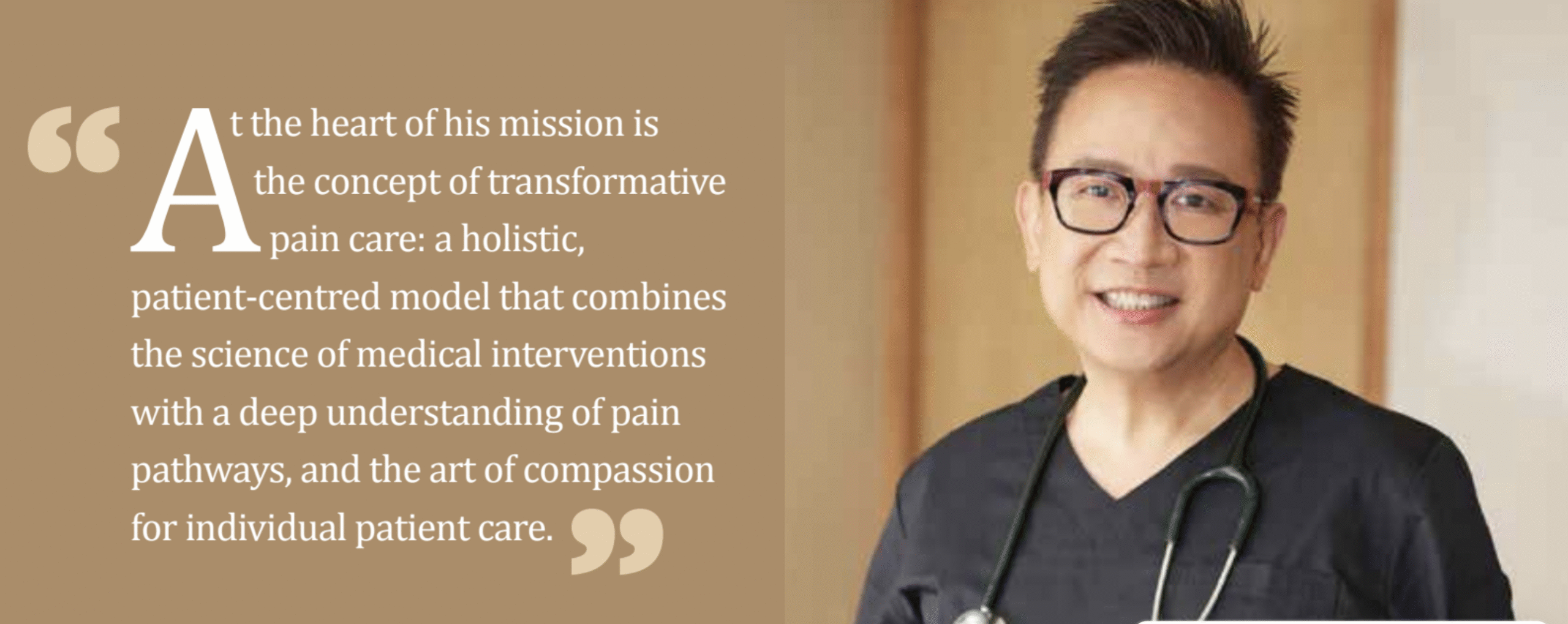
In fact, Dr Lee’s vision does not stop at interventional procedures. He has built an entire eco-system of integrated care from diagnosing the pain issue to dedicating a suite of appropriate treatment therapies that include physiotherapy and post-treatment rehabilitation as well as Traditional Chinese Medicine (TCM). This integrated model ensures that patients receive personalised, multi- disciplinary care tailored to their unique pain profiles. It also makes paincare accessible to the wider public by bringing treatments which are usually offered at specialised care clinics closer to communities through his growing network of DR+ Medical & Paincare primary care clinics. To Dr Lee, pain relief is a human right and should be accessible to anyone.
In a healthcare landscape where pain is often misunderstood, Dr Lee provides solutions for pain sufferers who could not find pain relief. For Prime’s interview with Dr Bernard Lee, he delves deeper into his philosophy, the challenges of conventional pain management, and how he envisions a future when living in pain is no longer seen as inevitable.
Thank you, Dr Lee for hosting us after a long day of work. Without further ado, let’s get into the interview. What inspired you to start Singapore Paincare?
Dr Bernard Lee: Thank you for being here as well. 30 years ago, I witnessed my dad struggling with cancer pain and was very frustrated with the way he was being treated for his pain as he could not find pain relief. It was painful to see him suffer. I thought I could help him, but little did I realise that my knowledge was inadequate at that point in time as I was training to be an anaesthesiologist. So, that spurred me to switch to pain management. That was my starting point, and there was no turning back.
30 years on, now I specialise in paincare with the hope that Singapore Paincare will be the first stop, instead of the last, for those suffering from chronic pain. We treat all difficult pain conditions, with a strong belief that no one should live in pain.
How would you describe your core mission of paincare when it comes to helping people living with pain?
BL: At Singapore Paincare, we do very different things. Firstly, our approach is to diagnose the source of the pain generator – and then remove it using knifeless surgery with non-invasive treatments as priority. You could say we may be the last stop before open surgery. To be able to do that, our GPs and specialists use minimally invasive procedures, do specialised injections, and deploy various other treatment therapies. We typically achieve about 70-90% pain reduction, and we also achieve a very high patient satisfaction rate of 85%. So, we are changing the way pain is being perceived and treated.
Very often, you hear people say: as you are getting older, you live with your pain as long as it doesn’t bother you. But we are telling you that you don’t have to live with pain. You can stop the pain generator without undergoing complicated open surgical techniques.
To make effective pain management more accessible, we have also extended these services beyond the specialist level into the heartlands. The Singapore Paincare Academy was set up to systematically train GPs in minimally invasive pain procedures – ensuring more patients receive timely and effective pain relief through our DR+ primary care clinics.
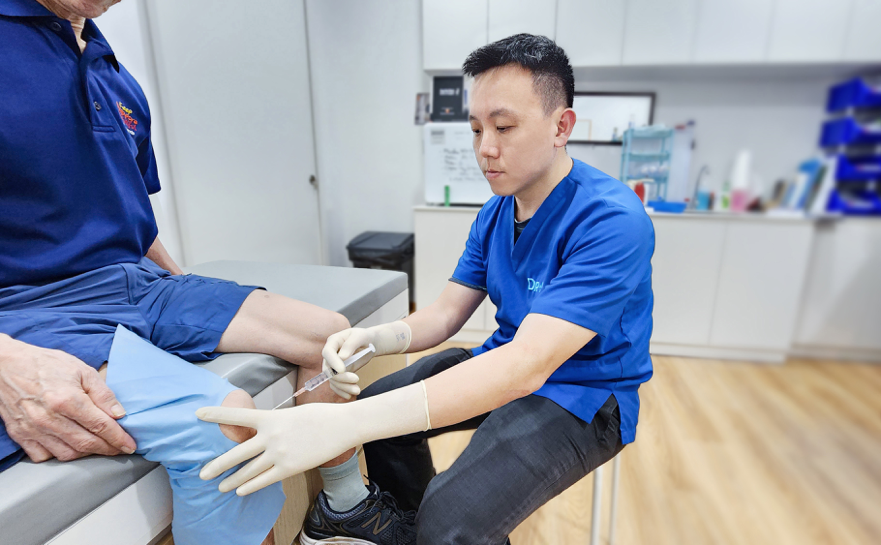
Why is paincare increasingly important in Singapore?
BL: Pain has far-reaching effects. It can drastically affect one’s quality of life. As a doctor, I want to provide solace in times of need. That’s what a doctor should be trying to do – to give you relief in times of pain.
And pain is one of the most ubiquitous symptoms that patients go to see a doctor for. I do think that, for the most part, most doctors are able to manage their patients’ painful conditions. But there are some pain sufferers who are poorly treated – perhaps, poorly or wrongly diagnosed.
Take back pain, for example. There are many different reasons why someone might have pain in their back; it could be due to muscle strain, joint issues, slipped disc, nerve compression, to even referred pain from other parts of the body. Each of these causes needs to be dealt with differently. You can’t treat all pain the same way.
Some patients go through rounds of physiotherapy, painkillers, and other conservative methods, but the pain just doesn’t go away. For others, surgery seems like the last resort. There are also cases where patients still continue to suffer pain even after surgery – what we call ‘failed surgery syndrome.’ This happens when the real pain generator wasn’t addressed properly.
At Singapore Paincare, we want to bridge the gap between conservative physical therapies which may not be as immediately effective, and surgery which may entail higher risks and longer recovery periods.
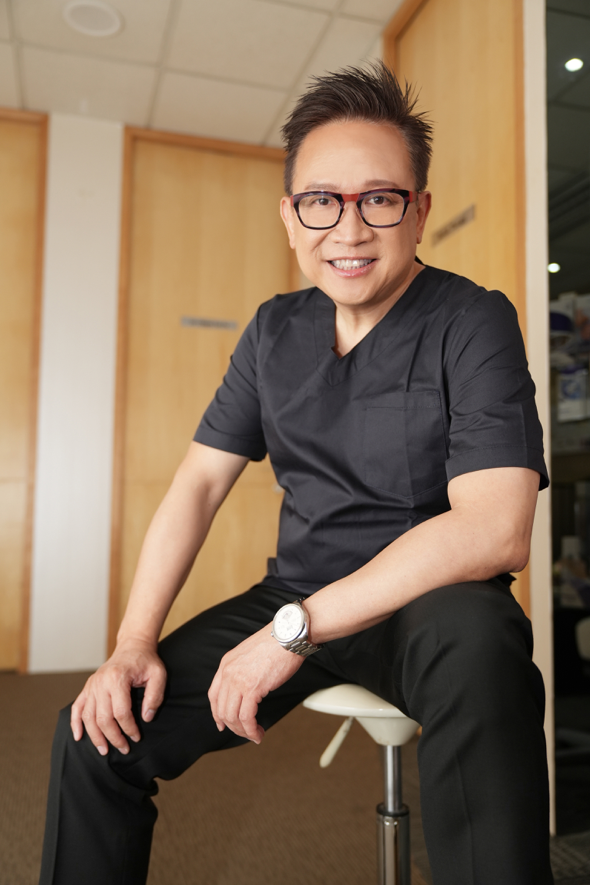
We are able to offer Minimally Invasive Procedures (MIPs) to our patients as an alternative to surgical and conservative therapy because of our specialised knowledge and expertise in this area. Of course there’s no ‘one size fits all’ solution. I am not saying that we can help everyone. We will evaluate the patients first to see if we can help with their pain. We have to prognosticate. And we have to be laser sharp about those we can help, and those we may not be able to help. It’s all about understanding the underlying condition of the patient.
Most importantly, I believe that not everything that’s broken needs to be fixed. My mantra is that if you can use it, then continue using it. I will use the analogy of a car engine. If I can soup up a car engine that’s worn out, why not continue using it? There may be those who want to change their engine, which is fine, but I’m here to give an option to those who wish to continue using their engine – to make it last longer.
Also, as the general population in Singapore and around the world age, pain is going to become more and more common. In Singapore alone, 1 in 4 residents will be aged 65 or above by 2030. There will be more pain issues, not less. But while you grow old, you don’t have to be in pain as you age. We have developed a comprehensive paincare ecosystem to support people as they age. But, of course, it goes back to the condition of the patient. Our way of prognosticating is very thorough and precise so we can determine if we are able to help with the condition. And I have brought this approach to my entire group of 18 clinics.
In terms of paincare, for patients walking into your clinics, what would it look like for them in real terms?
BL: For such patients, the likelihood is that they have a long-standing pain problem that they have got no answer for. They are likely to be stuck in pain for a while but have no idea about the cause. They don’t understand why they are in pain. This may be because their pain generators have been misdiagnosed. I can help to find the pain generators and make the pain go away. Our proprietary methodology helps us to come up with quality diagnoses. It goes beyond just identifying where the pain is felt – we take a comprehensive look at various key factors that contribute to the patient’s pain experience.
Besides quality diagnoses, we are also confident that we can help our patients reach the end point and see an improvement in their pain. Patient satisfaction is our motto and our mantra. That’s what we live by.
In terms of our GPs from DR+ Medical & Paincare, they have received rigorous specialised training at the Singapore Paincare Academy where they acquire a proprietary understanding of pain and the interplay of different pain pathways to allow for accurate diagnosis and reach a pain treatment roadmap for common pain conditions.
Our goal is to offer treatments that don’t just mask the pain, but address the pain generator directly. In many cases, just a single treatment is enough. One time, and it’s done. The chances of me needing to give a second injection are very small. But there are cases where repeat treatments are needed. These are usually patients with backgrounds like rheumatoid arthritis, whereby the ongoing pain generator is an immune disorder. And of course, another exception is cancer pain. But otherwise, where I can, I will prognosticate it and I am confident that it will be a one-time treatment. There is no need for painkillers. And you will see improvement in your mobility and quality of life. We provide long-lasting solutions by getting rid of your pain generators for good as much as possible.
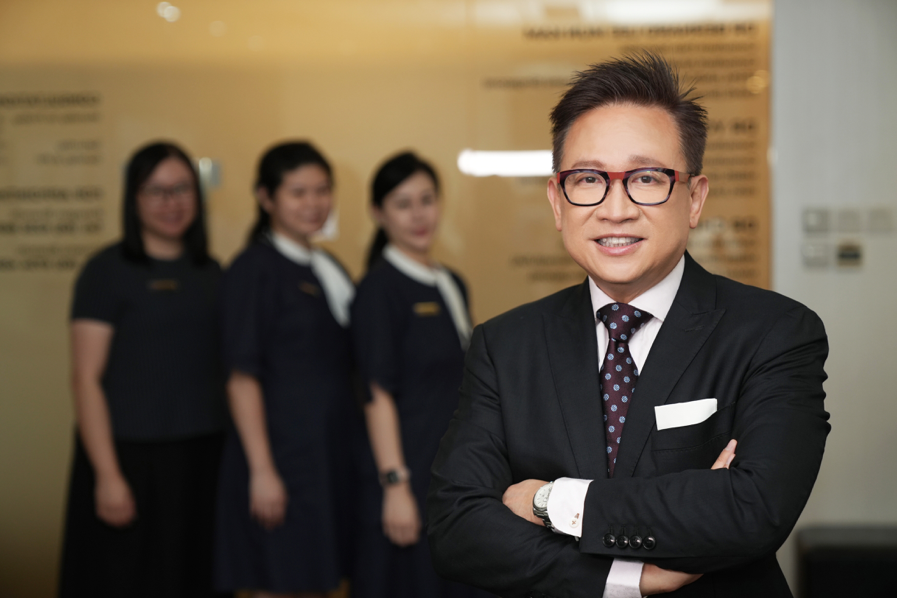
What’s your long-term vision for paincare in Singapore?
BL: It’s always been my vision to bring pain care to the masses, to help relieve pain sufferers from their pain. I believe that patients can grow old, patients can degenerate but they don’t have to live with pain. We want to improve the management of paincare in Singapore, with paincare GPs at every corner meeting the primary paincare needs of people on the ground.
We hope to achieve that by using our own IP (Intellectual Property) and methodology in which our GPs and specialists are trained at the Singapore Paincare Academy. For our GPs, they need to hit a minimum requirement of 60 hours to achieve a satisfactory level of care competency.
You are known as “Dr Pain” in Singapore, how do you feel about the nickname, and how does it reflect your vision and mission in terms of helping to change the way people understand and manage pain?
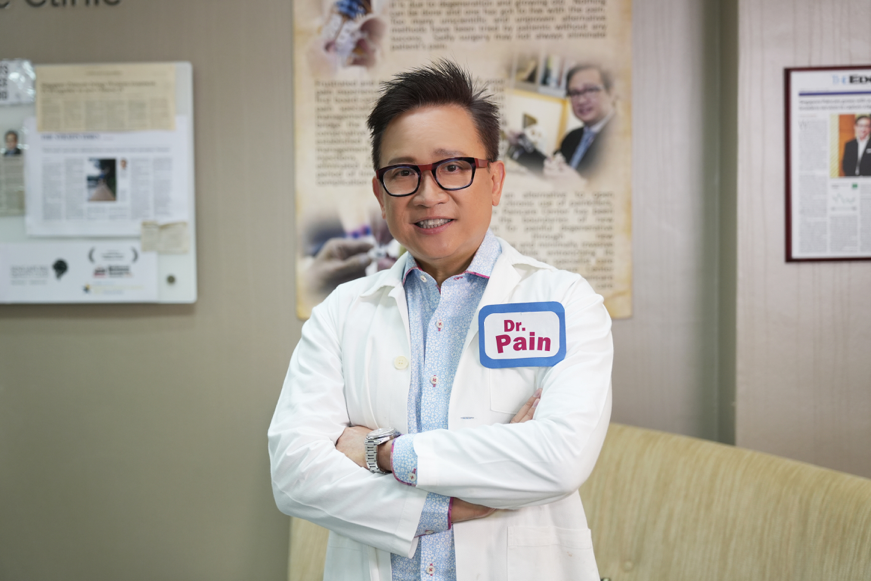
BL: I wish there was a better name! “Dr Pain Relief” or something – but that’s a bit of a mouthful. “Dr Pain” is short and sweet, and it reflects what I do: I treat pain conditions. The nickname actually became a way for patients to remember me, especially those who had struggled with pain for a long time and finally found relief. But beyond that, “Dr Pain” has also evolved into a kind of persona – one that helps break the myths and misunderstandings surrounding pain.
Getting patients to understand pain is an uphill task. To help patients understand that there’s even such a subspecialty (pain management), not to mention specially-trained paincare GPs, it is not easy. There’s a lot of education that’s needed out there. For the average folk, if you have knee pain, you usually go to see an orthopaedic doctor. And if you’ve got headache, you are likely to approach a neurosurgeon or neurologist. You don’t usually think about going to see
a pain specialist.
So, there were a lot of hurdles for us to overcome. But I felt that “Dr Pain” is a nice affectionate name given by my patients that is easy to identify and remember me by, for being able to treat difficult pains.
Paincare is a universal need as pain troubles both the rich and the underprivileged. Can you tell us a bit about the Ease-the-Pain Fund?
BL: The Ease-the-Pain Fund is a CSR collaboration with ACES Care. It is a charity dedicated to helping people age with dignity and respect. This fund supports patients who are in pain but face financial barriers to accessing treatment.
There are people who continue to suffer despite seeing multiple doctors, and for some, cost is the biggest hurdle. Through this fund, patients who are unable to afford treatment can go through ACES Care and receive partially or fully subsidised treatment. It is a small way of giving back to the society. To me, pain relief is a very basic human right.
Can you tell us about the unique selling point of Singapore Paincare?
BL: I’d say the key is really our proprietary approach to treating pain using the Painostic™ methodology. It takes a holistic and highly personalised approach to diagnosing and treating pain. It begins with a multi-dimensional assessment that looks beyond scans—considering posture, pain patterns, physical signs, psychology, and the patient’s lived experience.
We distinguish between functional pain (involving nerves, muscles, and movement) and structural pain (caused by damage or degeneration), then map out a precise treatment plan using our Injection Roadmap. This guides the exact technique, location, and depth for each intervention, supported by advanced tools and clinical insight.
Painostic™ combines medical science, deep clinical insight, and a carefully crafted methodology that consistently delivers results. It’s a carefully formulated system—refined over years of experience—that helps unlock real relief, even in complex cases. By treating the whole person and not just the symptoms, we help restore comfort, movement, and quality of life.
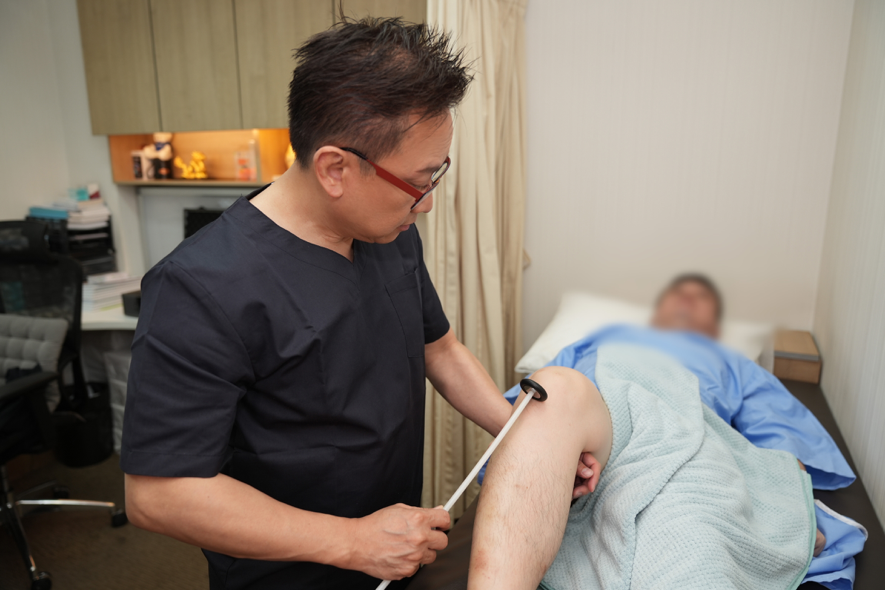
Tell us about your multi-disciplinary approach incorporating minimally invasive pain treatments, pharmacotherapy and CBT working together to facilitate patient recovery?
BL: We have the principles of the elements combined into one treatment rather than the actual elements. We decided that we don’t want to burden our patients by making them see too many different doctors. Multi-disciplinary often means having to see several specialists, instead of just one.
Rather, our approach is multi-disciplinary because our doctors are able to give opinions from different angles. For all our patients, we are always multi-disciplinary in our approach. That’s why we are able to achieve outcomes that are long-lasting. Our doctors, both GPs and specialists, are able to see the multi-faceted, multi-dimensional aspect of pain. We spend time training our doctors to be equipped with the necessary skill sets to be able to do that.
Your clinic integrates TCM with Western pain management methods. What inspired this East- meets-West approach?
BL: While I was doing my subspecialty in pain in Australia, I also pursued a diploma in TCM acupuncture. That gave me a foundational understanding of TCM early on. TCM and Western medicine work differently, but I decided to integrate them. It’s not easy because it’s two different systems that don’t really overlap with each other. For example, in Western medicine, back pain would be talked about in terms of the spine or muscles. TCM would be talking about “ying qi” or “shi qi”.
There are certain pain conditions where TCM offers effective solutions, and I believe it plays a complementary role within our Western medical ecosystem. There is a place for it.
That’s why I started Singapore Paincare TCM Wellness, to bring this East-meets-West approach together. We also teach TCM principles in our methodology, so our doctors can view pain from both perspectives and provide more holistic advice to patients.
With rising interest in regenerative medicine, what is your take on its potential in chronic pain management?
BL: For me, my holy grail is reversing degeneration. My interest is in the degeneration of the spine and the joint. The reason why I am so interested in degeneration is because while we can stop pain, we have yet to stop degeneration. For me, after I make the pain go away, I don’t want it to come back. But degeneration is natural, so how am I going to stop it from coming back? Still, I’m not stopping until I find a way. I hope that one day, no one else has to suffer from pain ever again. I think regenerative medicine has an exciting future.
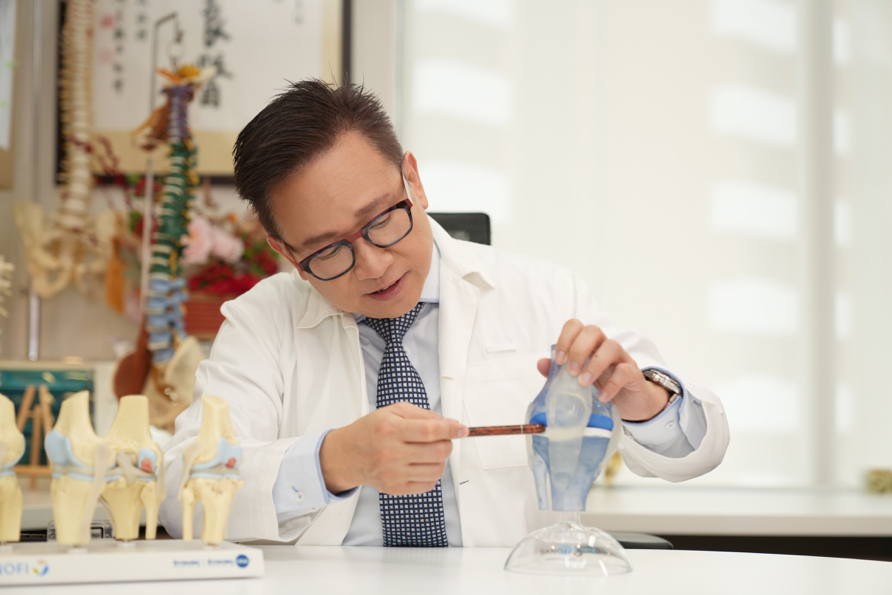
How do you address both the medical and personal sides of pain?
BL: Pain is a multidimensional, complex, unpleasant sensory and emotional experience. It is deeply personal, and not just a physical condition. The persistent nature of chronic pain disrupts the lives of those affected, limiting their mobility, impeding their daily activities, and eroding their quality of life.
At Singapore Paincare, we train our team to recognise this. Beyond clinical expertise, we emphasise attentive listening, careful observation, and active patient engagement to support our patients from treatment to recovery and to ongoing wellness. With a deep understanding of pain pathways, and the art of compassion for individual patient care, this holistic, patient-centric approach allows us to treat the whole person, not just the symptoms.
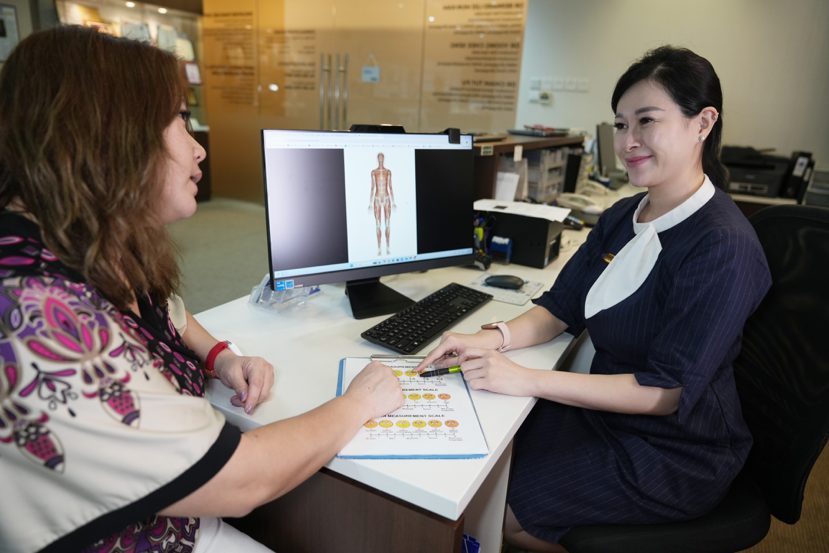
How do you customise care for different individuals?
BL: You always fall back on what the condition is, including how severe and how disabling it is. Based on the diagnosis, we will come up with a management plan for your pain with treatment options such as shockwave, ultrasound, electrotherapy, etc. There are also other solutions like injections, but it always comes down to what the problem is, its impact, and the functional state the patient is in, regardless of age, gender or other attributes. We follow the same methodology to come up with the most appropriate treatment to resolve the pain generator.
Final question: what would you say to someone who has “tried everything”, but has still quietly endured pain for years, not knowing whether the pain will ever go away?
BL: I said at the start of this interview — we want to be the last stop before an open surgery. But more importantly, we hope to be the first stop for anyone seeking paincare.
Our DR+ Medical & Paincare GPs are specially trained in pain treatment and equipped to handle primary pain concerns. They can guide patients on the next steps, and when needed, our specialists will step in to provide advanced care. Together with our TCM clinic, we provide a truly integrated, one-stop solution for pain relief.
So, if you’ve been living with pain — or told it’s something you just have to endure — know that there’s another way. We are here to help you move better, feel stronger and discover your next chapter – pain free! PRIME









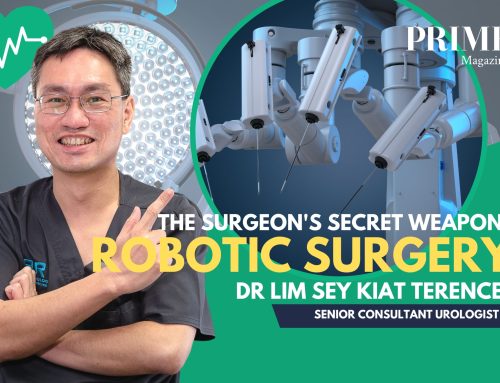


Leave A Comment